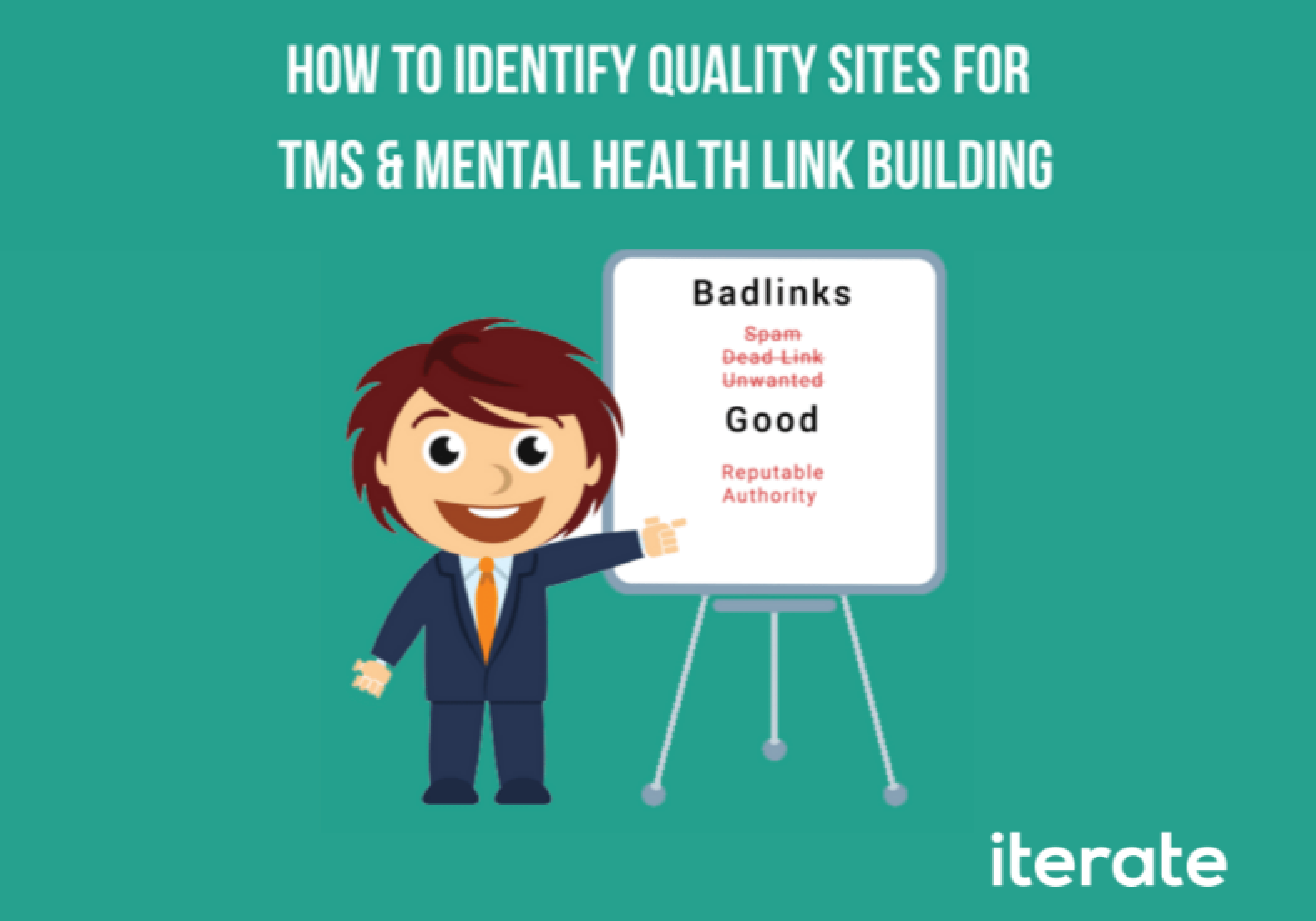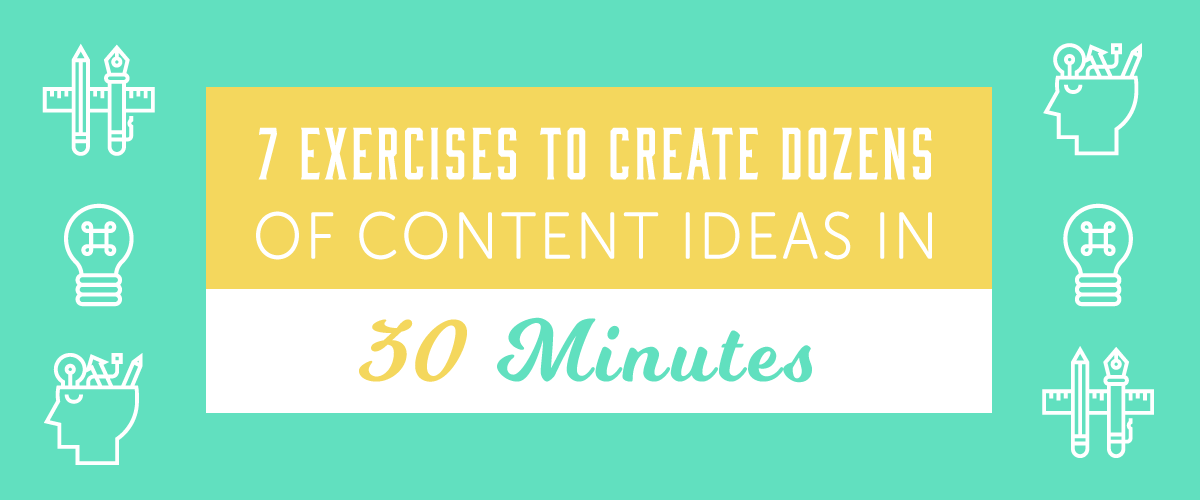Developing these key areas of your management strategy will put you in the position to create success on your terms, rather than relying on random chance and the good fortunes of the Google Gods.
At some point, we’ve all seen that AdWords account: abysmal click-through-rates, abnormal costs-per-acquisition, awful impression share, and atrocious conversions. The symptoms of poor optimization and management plaguing such accounts can usually be remedied with a good doctor (you) and a good prescription (the appropriate optimizations).
Performing basic due diligence in regards to account structure, bid strategy, negative keyword additions, and target audience can turn a poor account around in a hurry. However, merely curing the account does not mean it will thrive.
As a plant needs good soil, adequate sunshine, quality water, and the right climate to grow and be healthy, your account needs the benefits provided by the following key optimizations:
#5: Goals
Voyaging into Google AdWords without specific goals is like taking a road trip without a map; you may get to where you want to go (if you’re lucky), but you’ll spend more time and money in the process. You need to decide if you want leads, forms filled out, eCommerce sales, brand recognition, educational content digestion, or a specific combination of these.
As online advertising continues to be more competitive, it is becoming less and less viable to set up a basic, stagnant account and be able to win against your competitors.
A few questions to keep you focused on your goals include:
– What do I need?
– 400% increase in Revenue!
– Brand Recognition!
– Exposure!
– Who do I target?
– Middle-aged, tech-savvy females?
– Younger, culture-inspired males?
– Grey-Hairs wary of the interwebs and it’s inevitable trespass on their daily lives?
– Everybody and their cats?
– Where can I find them?
– Top-of-Funnel (obscurity needs branding)
– Middle-Of-Funnel (education needs content)
– Bottom-Of-Funnel (readiness to convert needs actionable interaction)
– How do I draw my targets in?
– Campaign Type
– Account Structure
– Ad Copy
– Targeting (Geographic, Ad Scheduling, Placements)
– When to act on these revelations? (HINT: Now)
In short, your goal must be SMART (Specific, Measurable, Attainable, Relevant, and Time-Based).
Your goals should be one of the most important key performance indicator (KPI) if you want to thrive in AdWords. While you must have a clearly defined main goal for your business, it is always good to have “micro-goals” that are relevant to your main goal. The micro-goals will assist you in reaching your macro goal since they often provide much more data to work it and can make optimization of decisions better and quicker.
But before you get on the task to decide your goals and investing even a single penny into an Ad Campaign, make sure that you’ve dedicated your time and resources to understand your audience better. Check out a few of your competitor ad campaigns and see what makes their AdWords a success? What language does your audience prefer?
Is it a daunting task already?
Don’t worry!
Google Ads Platform has got you covered and guess what?
You don’t have to spend a single penny for that. Amazing, isn’t it?
Setting goals will focus your efforts and put you back on the path to AdWords success!
#4: Ad Copy
Ad Copy is the landscaping to your mansion of value-added PPC. Prospective clients will hence, albeit consciously or subconsciously, judge the contents of your web presence by the quality of your ad copy. The challenge, much like when judging what makes a good lawn, is dealing with the subjectivity of ad quality. That being said, there are some basic steps that you can take to improve your copy and impress prospective buyers.
For starters, proper punctuation and customized content are gimmies for increasing relevance to a highly qualified consumer.
If you are confident and want to pursue more nuance, make sure to use:
- Inclusive Terms (You, Your)
- Calls-To-Action (Buy Now, Recieve Your Free Quote, Order Today)
- Consumer Benefits (Free Shipping, Huge Selection, Best Products)
- Having fun with your ad copy, being bold, and showing creativity are key traits to making your ads stand-out in the masses of other businesses competing for your space and your traffic.
Slight changes in your ad copy can up your game and can make a significant impact on your conversion rate and hence, your success in Adwords.
Try a lot of variations for your ad until you find an ad copy that best works for you. When you are drafting your ads, make sure to use your keyword in the text, create unique and keyword-rich display URLs, include emotion triggers in your ads, try to focus on the needs of your targeted audience.
Keep on trying until you succeed!
#3: Landing Pages & Website Design
Landing pages and the website design are best understood in the context of your childhood. Now, you may have been an upstanding, perfect child, and I commend you for that. However, many of the rest of us were not as perfect as you. Please go back in time and imagine the following scenario:
Say your Parent tells you to have the house clean by 5 pm and you will get a pizza dinner with your friends. You are emboldened by this responsibility, diligently cleaning every smudge from the kitchen and every blemish from the pans within. Next comes the living room; pillows fly and blankets fold under your mighty grip. Then comes your room, a mere speedbump in your ambitious plans to conquer–Oh! [insert favorite radio or tv show here] is on!
And so begins the inevitable procrastination that will thwart the rewards that you had coming. You wake up from a food coma precipitated by the half-dozen ice-cream sandwiches you ate for lunch to fuel your latest growth spurt–and it is 4:55 pm. What do you do?
Sending your parent directly to your dirty room as soon as they walk in the door (an unrealistic outcome) is like sending an interested customer directly to a poorly designated landing page (an outcome far too common today). As a child, you would almost certainly show your parent all of the good work you did, putting your best foot forward. Having a great website is preferred, but is often not a priority for many businesses. If the website isn’t going to look good and be well organized, the next best thing you can do is direct people to some landing pages that are relevant to the ads they are linked to.
If you are willing to put in the effort, then your best course of action is to remove as many barriers to converting on your goals as possible. That means sending people to relevant pages according to the ad they click, removing call-to-action oversaturation from your web pages (analysis paralysis), adding concise and relevant content, and not directing traffic elsewhere when you have a customer deep in the sales funnel (newsletter sign-up/social media following in an e-commerce cart, hint-hint).
#2: Tracking
Tracking is super important; it turns your decisions from black magic and superstition into science and logic. The less tracking you have, the more you have to rely on gut-feelings and luck to make decisions. The more tracking you have, the more you can use data to make decisions, see how the account reacts to a decision, and fix or amplify the bad and the good results.
In other words, tracking is the single most important way you can improve your AdWords performance. Basic tracking to have set up and linked to your AdWords account include:
- Google Analytics
- Conversions
- eCommerce (if applicable)
When it comes to tracking, just do it.
#1: Regular Keyword Management
Like a good beard needs regular trimming and oiling, your AdWords components need regular checking and optimization. Definitely let data accumulate before you make drastic decisions, but don’t let the account sit so long that you have mold growing out of your computer.
Some keywords are like cement shoes, demanding enormous spending while not converting enough to keep you afloat as they drag you into the deep.
Other keywords are like bears, seemingly hibernating for long periods of time while popping up to convert just often enough to make you hesitate when holding the rifle of bid adjustments.
Then there are the few and proud keywords that are in their unstoppable youth, keeping spend low and bringing in massive engagement and value to your company.
Going beyond the budgetary surface and the continuity of ad groups in order to get to the core of what makes your account tick is the value of keyword management. You may find success by keeping a general core of ad groups that convert at the campaign level and whose keywords are never culled, but being aware of your account at the most granular level and pruning it accordingly is a huge boon for your AdWords future.
Here is a keywords checklist for you to look at to ensure that your keywords are optimized.
- Remove Duplication
Do this to avoid confusion!
While it is true that Google picks your best keyword to go to the final ad auction but google has the control to choose between several keywords in your Ad account.
For instance; you’ve used the keyword“ success” in multiple campaigns targeting the same audience. Now, you’ve decided for some reason to lower your bid for this keyword only to find later that since there was a duplicate keyword somewhere, google has started to use that when you lowered the bid.
Now you know why avoiding duplication is one of the keys to your keywords management.
- Address Non-Converting Keywords
Why waste money on keywords that have not delivered a single conversion yet?
It is best to periodically review your keywords and remove those keywords that you feel have spent more than expected on driving a single conversion. Trust me, they are not worth keeping
Conclusion
Now that you know what are the “5 keys to your success in AdWords”, remember that work on your ad campaign is a never-ending task. You got to TEST, TEST AND RETEST again until you have got the best version. Once it is up and running, you still would want to make adjustments as you progress.
Start small and continue your success from there because after all “It is better to Shoot for the Stars and Aim for the Moon”.
Hope this helps!






